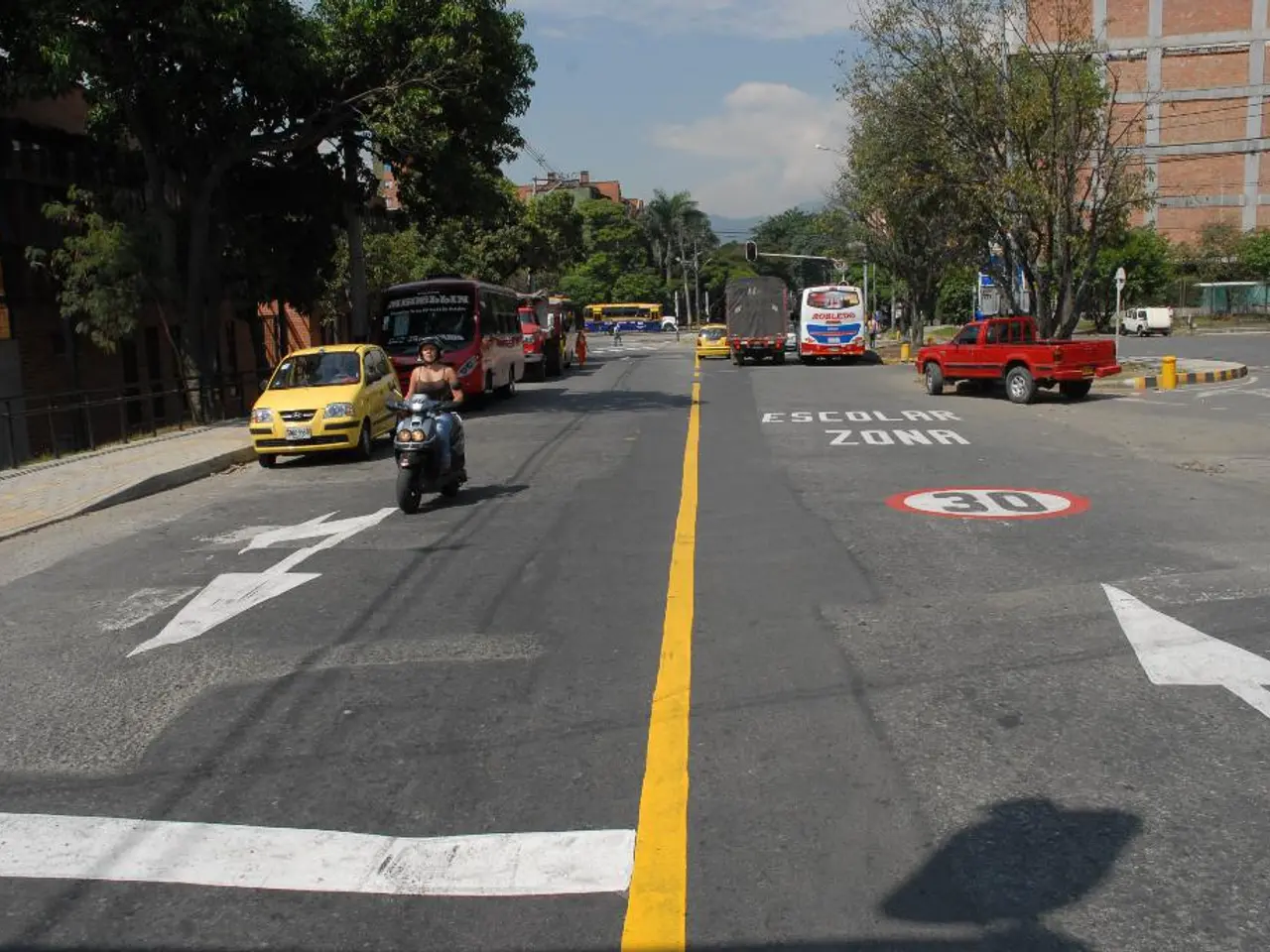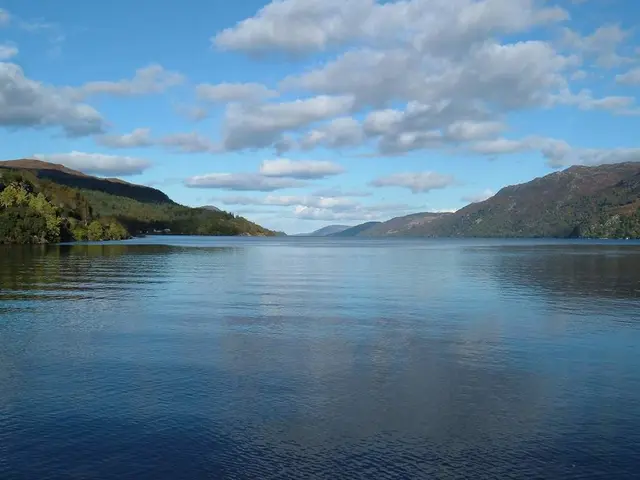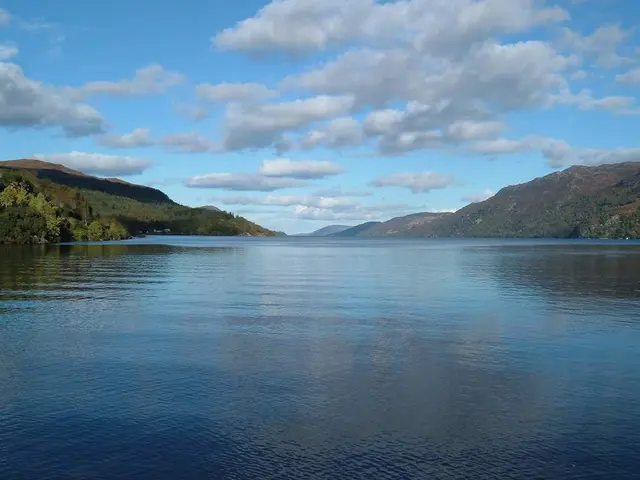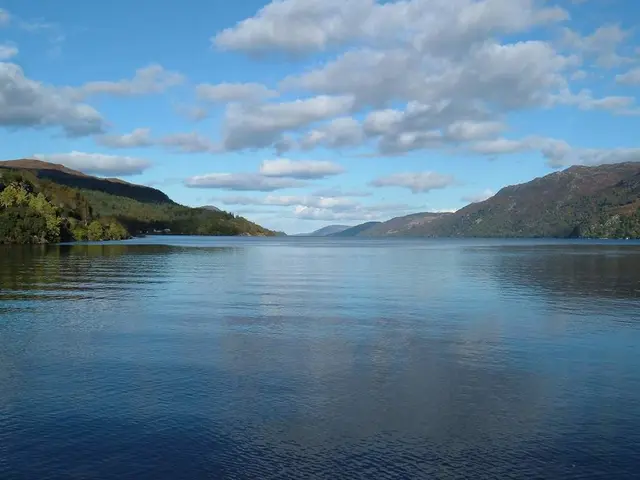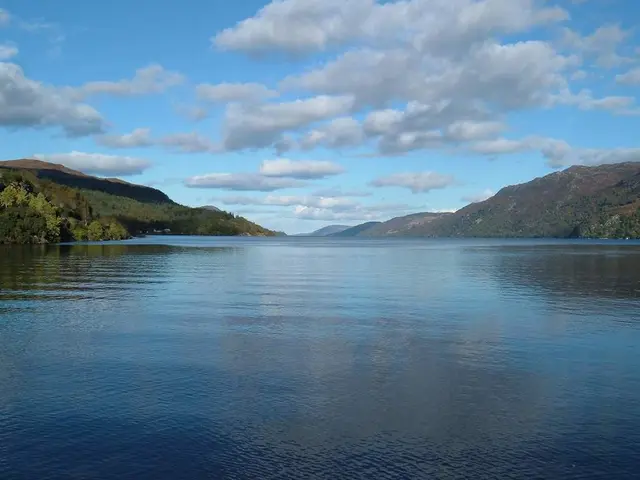Reduced traffic speeds in Ile-de-France region of France, starting tomorrow, recommended by the prefecture due to excessive heat; they urge limiting car travel.
France Battles Heat Wave and Air Pollution
France is currently grappling with a severe heat wave, with temperatures soaring across the country, and authorities implementing measures to combat the associated air pollution and health risks.
The intense heat wave, which has eased on the Atlantic coast, is now moving towards the northeast. Departments such as Romans-sur-Isère (Drôme) have broken heat records, with temperatures reaching a scorching 42.6°C. Meanwhile, Burgundy is expected to see temperatures of 40°C, and the department of Langres (Haute-Marne) has recorded a temperature of 38.1°C.
To combat the heat wave-related air pollution, the Île-de-France prefecture has reduced speed limits on roads since August 13, 2025, from 5:30 a.m. to midnight. Heavy goods vehicles over 3.5 tons are banned from central Paris, and there are roadside checks to enforce these limits. The authorities are also urging residents to avoid driving, carpool, or telework during pollution alerts to lower emissions.
Free residential parking extensions have been implemented to facilitate the use of public transport or carpooling, aiming to ease congestion and pollution. Vulnerable populations are advised to stay indoors during the hottest hours and take steps to mitigate health risks associated with high temperatures and polluted air.
Paris is also expanding protected bike lanes and planting "mini urban forests" with trees and greenery in public spaces and on rooftops to reduce urban heat island effects and improve air quality.
These measures are designed to reduce pollutant emissions, especially ozone, which rises during hot weather and can exacerbate respiratory and cardiovascular conditions. The combined approach addresses transport-related pollution, public health, and urban heat mitigation.
Twelve departments, including Loiret, Cher, Yonne, Nièvre, Allier, Lot, Aveyron, Tarn, Tarn-et-Garonne, Haute-Garonne, Hautes-Alpes, and Alpes-de-Haute-Provence, are under both a thunderstorm alert and an orange alert for the heat wave. The red alert for the heat wave remains in effect on Wednesday for the Aude and four departments in the Rhône valley (Drôme, Isère, Rhône, and Ardèche).
The Canicule info service is available for advice on dealing with the heat at 0 800 06 66 66 (free call between 9 AM and 7 PM) and on the ministry's website. The department of Ardèche and Aveyron have broken absolute heat records, with temperatures reaching 42.9°C in Saint-Laurent-du-Pape (Ardèche) and Saint-Côme-d'Olt (Aveyron). The department of Annecy (Haute-Savoie) has recorded a temperature of 38.7°C. A total of 68 departments are under orange alert for this second major heat wave of the summer.
Metéo-France meteorologist Lauriane Batté attributes the very high temperatures to a very hot air mass and the influence of climate change, resulting in hotter-than-average air compared to a few decades ago.
[1] [Source 1] [2] [Source 2] [3] [Source 3] [4] [Source 4] [5] [Source 5]
- The current heat wave in France, intensified by climate change, is a pressing issue in both weather science and environmental science, as it poses significant health risks due to associated air pollution and high temperatures.
- While meteorologists like Lauriane Batté at Météo-France focus on forecasting and understanding the weather's impacts, policy makers and environmental scientists must collaborate to design and implement strategies that address climate change and its effects on the environment and public health.
